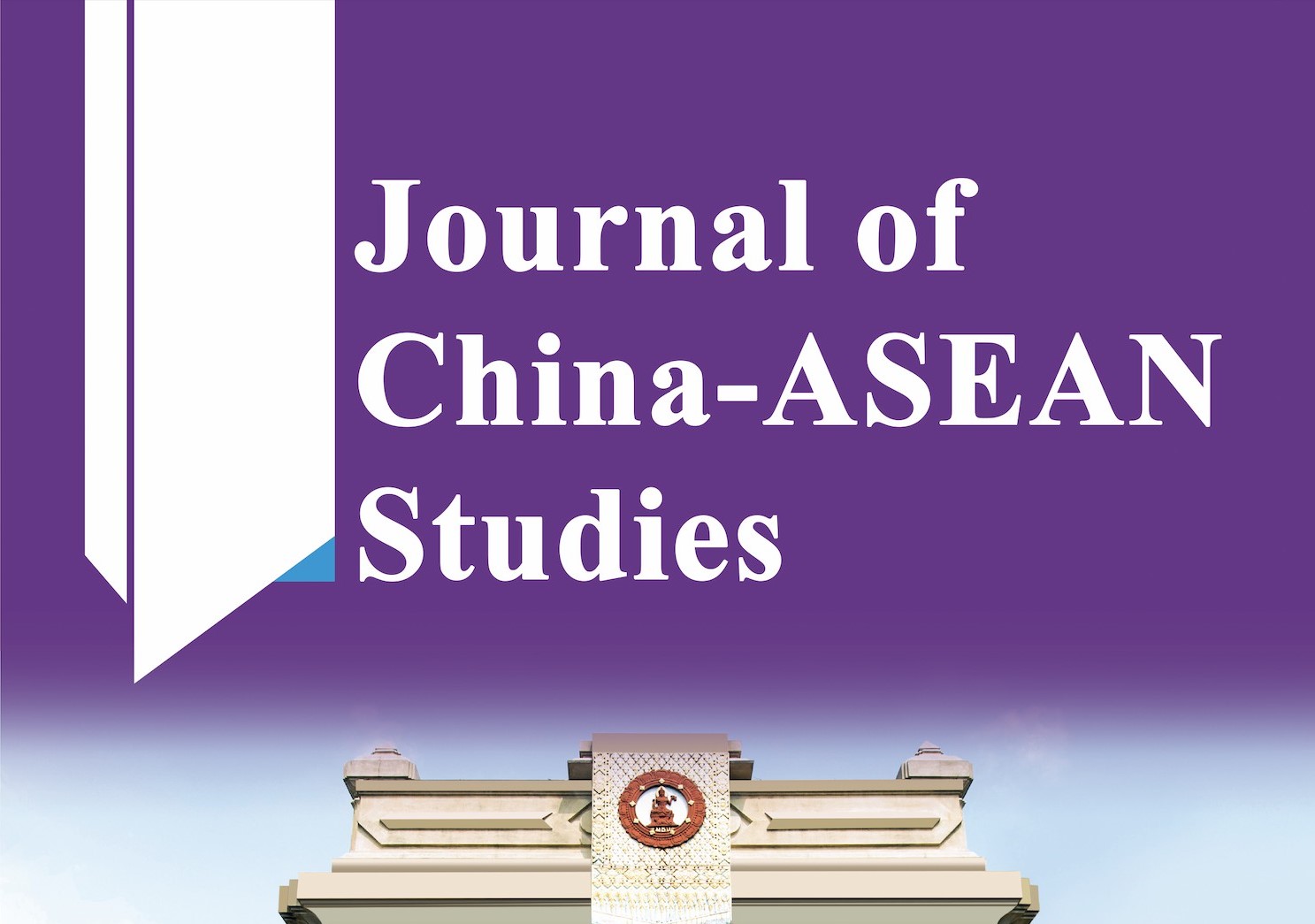Generative AI and Creative Thinking in Art Education: A TPACK-Based Theoretical Framework
Keywords:
Generative AI, TPACK, Creative Thinking, Art EducationAbstract
This paper explores the integration of generative artificial intelligence (AI) into art education as a means to foster creative thinking. Using the Technological Pedagogical Content Knowledge (TPACK) framework, it conceptualizes generative AI as technological knowledge dynamically interacting with pedagogical strategies and disciplinary content. The study proposes a model that enables art educators to design instruction aligning AI capabilities with creative learning goals. While generative AI enhances students’ imaginative engagement, it also raises ethical concerns such as authorship and originality. This conceptual framework aims to support reflective teaching practice and inform future empirical research, contributing to the evolving discourse on AI-assisted creativity in vocational art teacher education.
References
Bequette, J. W., & Brennan, C. (2008). Advancing media arts education in visual arts classrooms: Addressing policy ambiguities and gaps in art teacher preparation. Studies in Art Education, 49(4), 328-342. https://doi.org/10.1080/00393541.2008.11518745
Craft, A. (2005). Creativity in schools: Tensions and dilemmas. Routledge. https://doi.org/10.4324/9780203357965
Eisner, E. W. (2003). The arts and the creation of mind. Language Arts, 80(5), 340-344.https://publicationsncte.org/content/journals/10.58680/la2003322
Fisher, J. A. (2023). Teaching Creatives to be AI Provocateurs: Establishing a Digital Humanist Approach for Generative AI in the Classroom. Tradition Innovations in Arts, Design, and Media Higher Education, 1(1), 5.https://doi.org/10.9741/2996-4873.1002
Guilford, J. P. (1967). Creativity: Yesterday, today and tomorrow. The Journal of Creative Behavior, 1(1), 3-14. https://doi.org/10.1002/j.2162-6057.1967.tb00002.x
Ho, L. H., Sun, H., & Tsai, T. H. (2019). Research on 3D painting in virtual reality to improve students’ motivation of 3D animation learning. Sustainability, 11(6), 1605.https://doi.org/10.3390/su11061605
Kara, S. (2021). An Investigation of Technological Pedagogical and Content Knowledge (TPACK) Competencies of Pre-Service Visual Arts Teachers. International Journal of Technology in Education, 4(3), 527-541.https://eric.ed.gov/?id=EJ1311027
Madaan, G., Asthana, S. K., & Kaur, J. (2024). Generative AI: Applications, models, challenges, opportunities, and future directions. Generative AI and Implications for Ethics, Security, and Data Management, 88-121.https://doi.org/10.4018/979-8-3693-8557-9.ch004
Manu, A. (2024). Transcending imagination: Artificial intelligence and the future of creativity. CRC Press. https://doi.org/10.1201/9781003450139.
Marrone, R., Taddeo, V., & Hill, G. (2022). Creativity and artificial intelligence—A student perspective. Journal of Intelligence, 10(3), 65.https://www.mdpi.com/2079-3200/10/3/65?trk=public_post_reshare-text#
Mishra, P., & Koehler, M. J. (2006). Technological pedagogical content knowledge: A framework for teacher knowledge. Teachers College Record, 108(6), 1017–1054.https://doi.org/10.1111/j.1467-9620.2006.00684.x
Runco, M. A., & Jaeger, G. J. (2012). The standard definition of creativity. Creativity Research Journal, 24(1), 92–96. https://doi.org/10.1080/10400419.2012.650092.
Tusiime, W. E., Johannesen, M., & Gudmundsdottir, G. B. (2022). Teaching art and design in a digital age: challenges facing Ugandan teacher educators. Journal of Vocational Education & Training, 74(4), 554-574. https://doi.org/10.1080/13636820.2020.1786439
Zawacki-Richter, O., Marín, V. I., Bond, M., & Gouverneur, F. (2019). Systematic review of research on artificial intelligence applications in higher education–where are the educators?. International journal of educational technology in higher education, 16(1), 1-27. https://doi.org/10.1186/s41239-019-0171-0.






